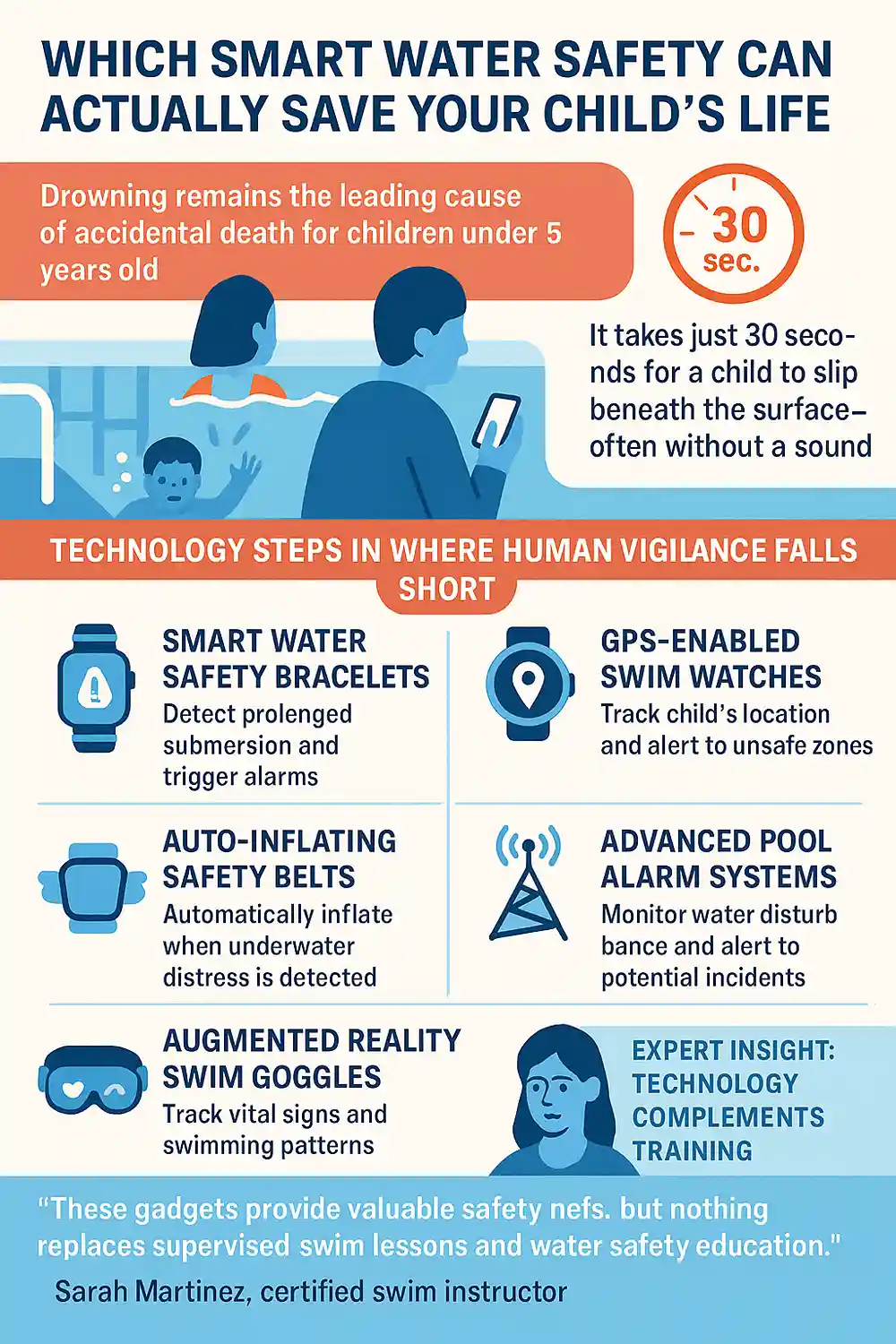How to Make a Height Storybook Showing Your Kid’s Growth
Ever find an old toy and, whoosh, you’re zapped back in time? What if you could build a time machine inside a book, one that captures the epic adventure of you growing up? Forget boring lines on a wall! This is your very own “Height Storybook,” the ultimate chronicle of your amazing journey. It’s your story, and every inch tells a memory.
This isn’t just a book with numbers; it’s a real story starring YOU! Each new chapter becomes a time capsule with photos, memories, and all your favorite things, from video games to big dreams. It’s a treasure chest that tells the awesome story of who you were.
Why Create a Height Storybook Instead of a Chart?
A regular height chart is fine, but it’s stuck on the wall. What happens when you move? Or what if you want to show it to your grandparents who live far away? A Height Storybook solves all those problems! It’s your personal, portable history that you can hold in your hands, share with friends and family, and keep forever.
It’s way more than just numbers; it’s a time capsule that captures your personality. Each page tells a story, making it a creative and fun way to see how much you’ve changed on the inside as well as the outside.

Designed by Freepik
How Do You Create Each Chapter of Your Storybook?
Ready to build your book and bring your story to life? Each new height measurement is a new chapter in your saga. Here is the step-by-step guide to making each one awesome:
Step 1: The Big Measurement Ceremony
Make this a fun event! Once every six months or on your birthday, make it official Measurement Day. Stand up super straight against a wall (no tiptoes!) and have someone help you mark your height with a pencil. Use your measuring tape to find out the exact number. Announce it proudly, you’re officially taller!
Step 2: Picking the Perfect Photo
Dig through recent photos and find one that really shows off your personality. Was it from a fun vacation? A goofy selfie with your pet? A picture from your team sport? Choose a photo that makes you smile and shows what you were into at that time.
Step 3: Designing Your Awesome Page Layout
Now you’re the designer. A great, simple layout is to dedicate one page (or one side of a two-page spread) to your photo and the other side to your “Growth Stats” and story. Use washi tape to create a cool frame around your picture.
Step 4: Adding the Fun Extras
Time to fill the page! Add stickers that match your current interests. Draw some doodles in the corners. To make your new height feel extra real, you can use a fun online tool. With the easyheightcomparison.com height comparison tool, you can make a cool 3D chart that shows how tall you are next to stuff like a giant panda, a surfboard, or even a T-Rex! You can download it as a PDF and print it to include in your book.

Designed by Freepik
How to Choose the Perfect Base for Your Storybook
Before your adventure begins, every hero needs a base. Your storybook is that base, so picking the right one is part of the fun! Here is how to choose your headquarters:
The Classic Scrapbook
A big, spiral-bound scrapbook is a fantastic choice. The pages are huge, giving you tons of space to stick photos, write stories, and get creative. Plus, because it’s spiral-bound, it lies perfectly flat, which means no wrestling with the pages while you’re trying to glue something down.
The Super Sturdy Binder
A three-ring binder is the choice for ultimate flexibility. You can use colorful paper and clear plastic sleeves to protect your work. The best part? If you mess up a page, you can just take it out! You can also easily add new pages and move chapters around if you want to.
The Cool Art Journal
If you see yourself as more of an artist, a thick-paged art journal is an awesome option. The paper in these is designed to handle pens, markers, and even a little bit of paint without getting wrinkly. It feels more like a professional artist’s diary.
What Cool Stuff Will You Need to Start?
Gathering your supplies is like getting your gear ready for an epic quest! You don’t need everything at once, but it’s fun to build your creative kit over time. Here’s a list of supplies to get you started:
Your “Must-Have” Tools
This is your basic adventuring pack. You’ll need your chosen storybook (the scrapbook, binder, or journal), a reliable measuring tape, a pencil for marking your height, good-quality glue sticks or craft glue, and a pair of scissors.
The “Memory-Making” Magic
These are the items that hold your actual memories! The most important thing is photos of yourself from around the time of each measurement. Also, start collecting little treasures like ticket stubs from movies or concerts, cool postcards, or funny drawings you’ve made. You can even use tools like Chatbooks or Shutterfly to print photos straight from your phone and make photo pages even easier to build.
The “Creative Sparkle” Kit
This is where you bring the magic! Get a collection of colorful pens, markers, and maybe even some glitter pens. Stickers are a must-have for adding personality. Washi tape (colorful decorative tape) is amazing for creating cool borders and sticking down photos with style.
FAQs
- How often should we add a new page to the storybook?
A great plan is to add a new “chapter” every six months or on every birthday. This way, you can see the changes and have a fun tradition to look forward to without it feeling like a chore.
- What if I’m not a good writer or artist?
That doesn’t matter at all! This is YOUR story, so it’s perfect just the way you make it. Your handwriting and drawings are what make it special and unique to you. Plus, you can use stickers and photos to do most of the decorating!
- What kind of book works best for this project?
Look for a book with thick, sturdy pages that won’t get wrinkly from glue. A spiral-bound scrapbook is a great choice because it lies flat, making it super easy to decorate your pages without fighting with the binding.
- Can I start a storybook even if I’m already older?
Of course! It’s never too late to start your story. Begin with your height right now. You can even try to find old photos and ask family members to help you guess what your height might have been, creating “flashback” chapters to fill in your story from the beginning.
Conclusion
Your Height Storybook is so much more than just a craft or fun project. It’s a time machine you can hold in your hands, a treasure chest of your favorite memories, and the greatest adventure story ever told because it’s yours. Every photo you add, every silly joke you write down, and every inch you grow make this book a priceless treasure you’ll love looking back on for the rest of your life.











